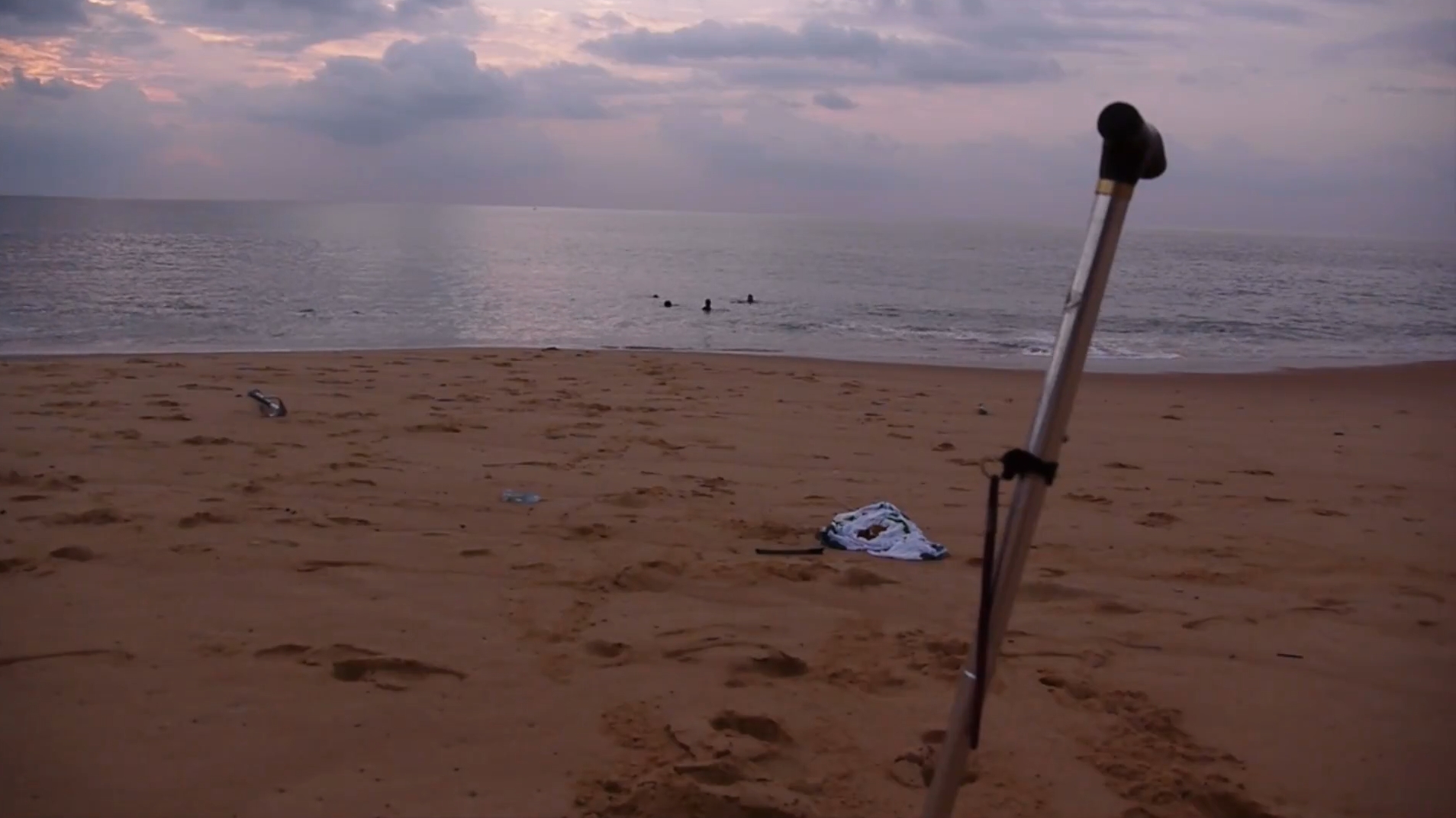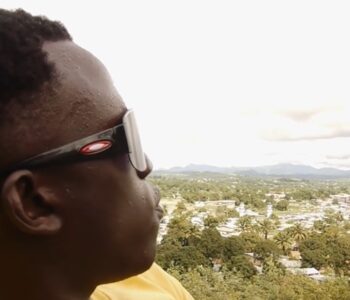« Behind the story of the film, there is another story of its making »
This is a collective film project, which almost did not happen. It grew out of several improbable encounters, friendship, determination and destiny. It took us more than 10 years to finish it. Behind the story of the film, there is another story of its making. It all started in 2010. At that time I was working as an anthropologist in Sierra Leone, I had met Manish, Hady and Edward and we had become friends. Hady and Edward were leading an organization, One Family People. They trained disabled people how to dance, play music and sing. I accompanied their musical group, the Walpoleans to their first tour in the Eastern provinces. Manish was the front man of the band.
The three of them were inseparable. Thanks to them, I gained access to the secret world of the polio-disabled of Freetown. It was an eye opening and deeply transformative experience. What I discovered there seemed to be too important to reserve it all for an academic audience. This is how the idea of a documentary came about. My Sierra Leonean friends agreed. I invited Denis whom I knew from France and whose film-making I had always appreciated. He came to meet me in Sierra Leone and he brought with him two of his friends: Oscar and Nando. We formed a crew!
« Manish was an evasive hero »
We started to shoot a movie on the Walpoleans. This group, made entirely of disabled musicians and dancers, was irresistible! We wanted to document their everyday life, their struggles for recognition, but also their fight for daily survival. Our obvious protagonist was Manish but we resisted the temptation to center the film on his person. We feared that too much attention on him would create a rupture within the Walpoleans. Manish was also an evasive hero. Sometimes he disappeared for weeks and months. Between the group, the individual, polio, poverty, music and Sierra Leone our film project derailed and we abandoned the hope of ever finishing it.
« We started to work again »
We came back to it years after. Manish had died and it seemed suddenly urgent to safeguard his memory. We started to work again. Our work received an unexpected push from the Wenner Gren Foundation, which financed the biggest part of the postproduction. When we re-opened the footages, we were not yet sure where they would take us. Only progressively did we understand that this story speaks not only about Manish and his friends, but also about hope, in its different guises. In the meanwhile, the crew continued to grow: Fred, another longtime friend, saved the sound, recorded in very bad conditions.
We still believe in new encounters, hoping that our film will travel across the world and back to Sierra Leone and that through it Manish can finally make the world tour that he was always dreaming about.
This film could not have been made without the perseverance of the members of its crew, the patience of their families, the professional support of One Family People, the cooperation of the Walpoleans and the kindness of the people in the polio-houses who opened their homes for us.
Diana Szántó

